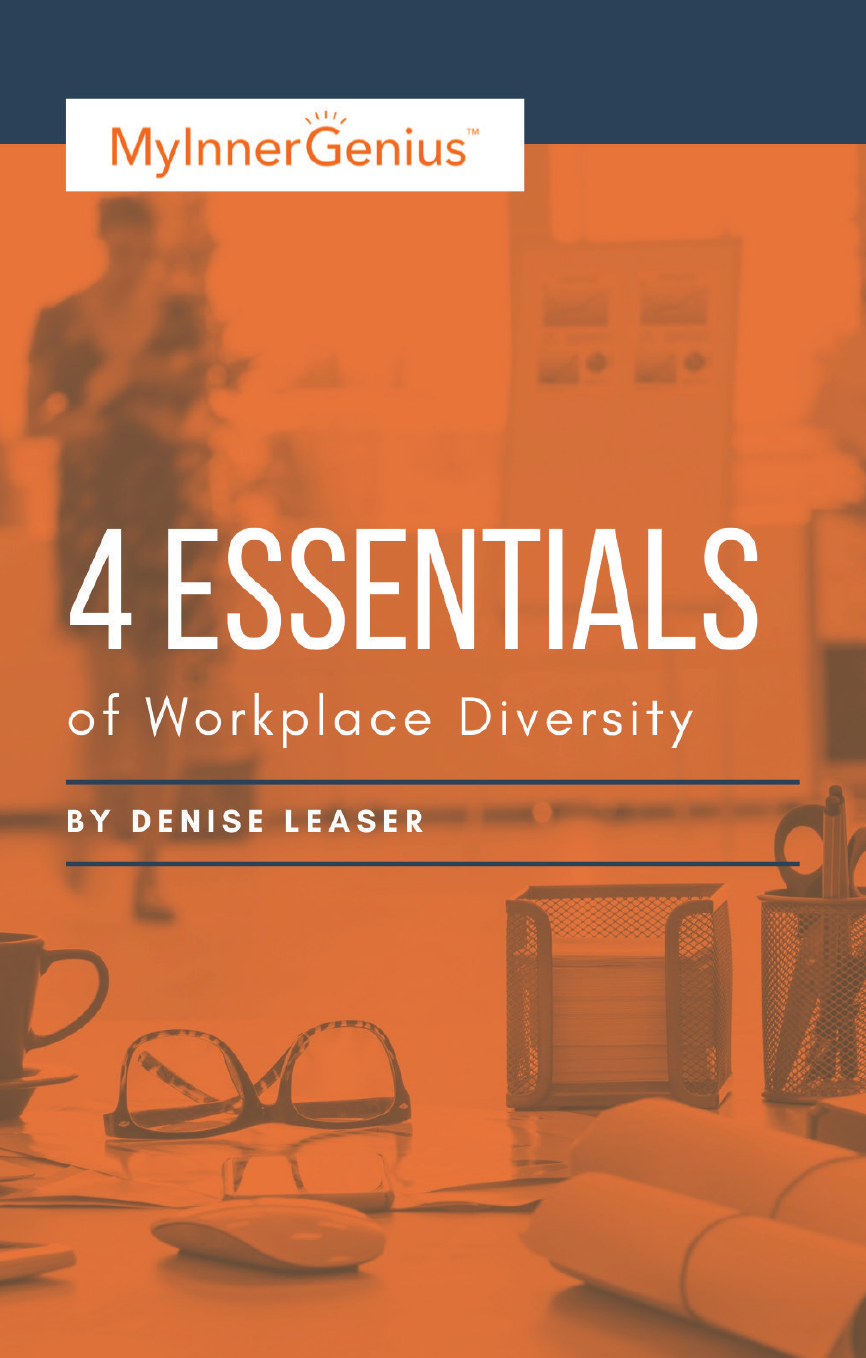As the COVID-19 pandemic comes to an end, businesses have been handed a choice: do we continue working remotely, or do we transition everyone back into the office? The choice isn’t an easy one. Employees may have a higher satisfaction level working from home but are employers willing to make such a drastic change to their company as to let the traditional office structure slip away.
If you have decided to bring your team back into a centralized office, there’s a lot of work ahead of you, not just in terms of office safety, but of helping your employees make the transition back smoothly. How to do this? Transparency, revised expectations, and a keen ear for listening to your employees’ concerns will be the key.
Be transparent
Your employees are going to want to know that you have their health and safety in mind. This means you’ll need to be open to having a dialogue with them and being upfront about two things: how you’re “COVID-proofing” the office and why you need everyone there.
Be extensive when you’re talking about the cleaning procedures and social distancing measures. Even though we all know the rules and have been hearing about this for the past year, it will give your employees peace of mind knowing that you’ve thought about their safety. Remember, this is only partly about enforcing safety restrictions—the more important reason to have this talk with your employees is to gain the public trust. Workers are going to be more satisfied and productive in an environment where they feel cared about.
Secondly, and most crucial: have a good reason for calling everyone back to the office. If your team has been remote since the beginning of the pandemic, they’re going to want to know why they have to come back. Especially since not everyone may have access to a vaccine just yet.
Be specific about your reason. “Things weren’t working” isn’t going to be an acceptable excuse in the eyes of your employees who now have to up-end their routine, begin commuting again, and potentially come in contact with the virus. If things aren’t working, list the things. Productivity was low. Our sales have been decreasing by 10% each quarter. Something that will justify the transition.
Don’t have the same productivity expectations (just yet)
It will take your employees time to get back into the groove of working in the office, just like it did when everybody began working remotely. Do not have the same expectations for productivity. At least, not at the beginning.
Don’t be afraid to be a little more hands-on than you used to be. Be the guiding hand that your employees are going to need during this transition. Be available for questions. If you can manage it, take time out of the day to cease work and help establish a new routine. This will not only help put things back in order but will also help reinstate the community aspect of your work environment.
Some of your employees won’t have seen each other since you were last in the office. Don’t be too harsh if people spend a little more time (socially distanced) around the water cooler. Having a good relationship with coworkers is a large part of why people are willing to come into the office in the first place.
Listen to your employees COVID concerns
If it’s possible, take time to talk with all of your employees about their concerns. Be sure to let them know the lengths your company is going to make the environment safe. Recognize unique concerns.
If somebody has an illness that makes them more susceptible to the dangerous aspects of the virus, see what you can do about that. Can you provide them a designated workspace away from the rest of the team? Maybe even allow this employee to continue working remotely until they get vaccinated.
Finally, getting employee feedback is going to be crucial to finding out what issues are arising and what needs you have to tend to. A smart, quick way to solicit employee feedback is to send around an assessment a few weeks in, to see how employees are doing, where they feel they need help and any additional concerns they’d like to share. A career fit assessment from MyInnerGenius is just the tool to use. Ready to try one—for free? For more info on our career fitness assessments and to enjoy a free demo, visit us at https://trywebassess.com/request_demo/.

